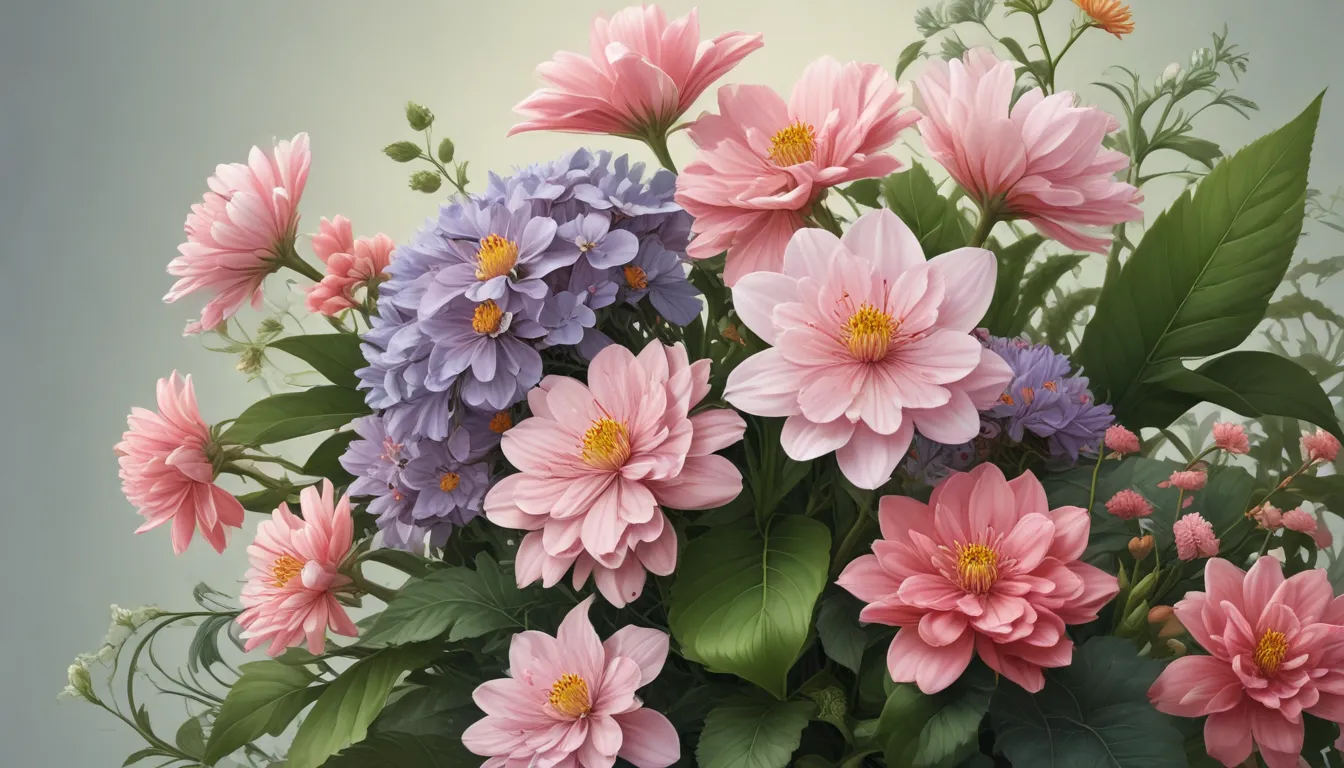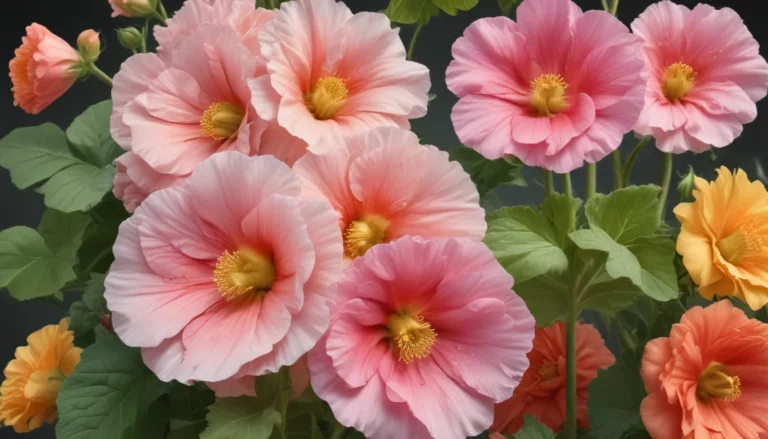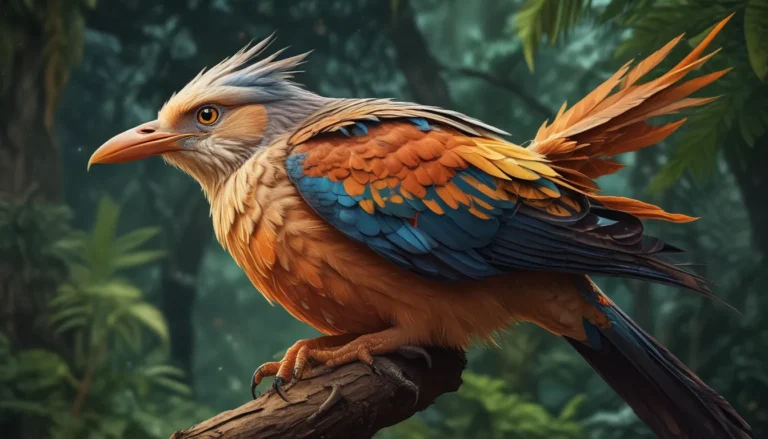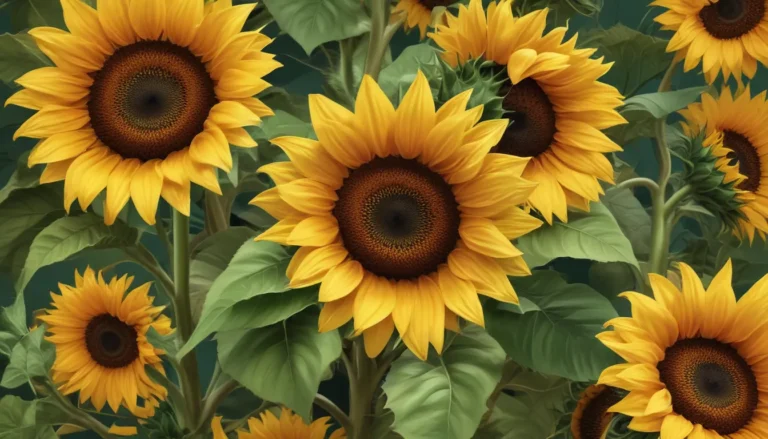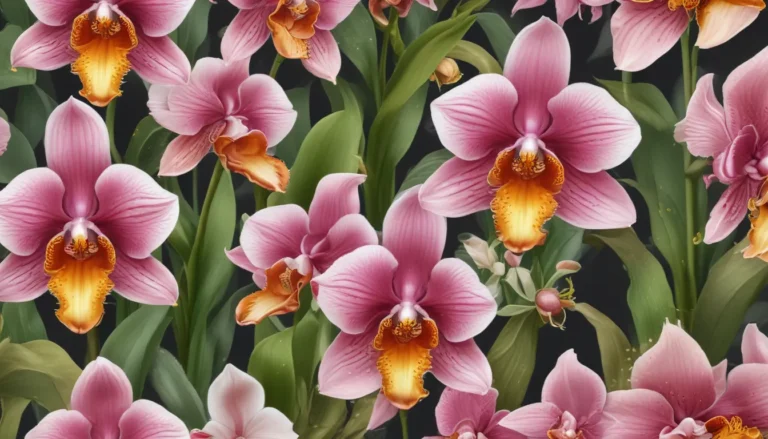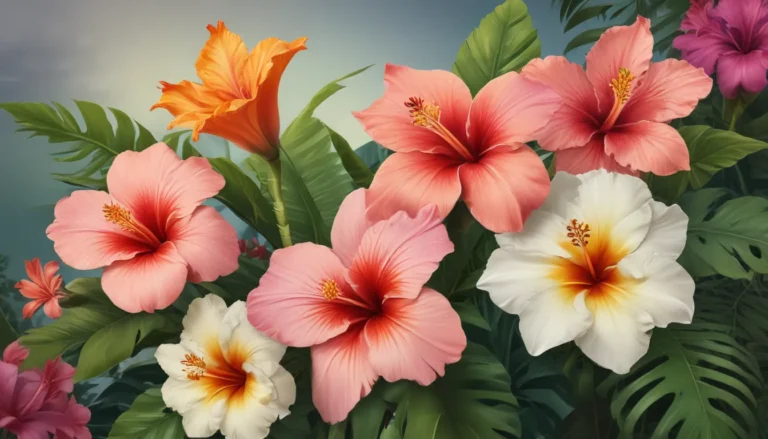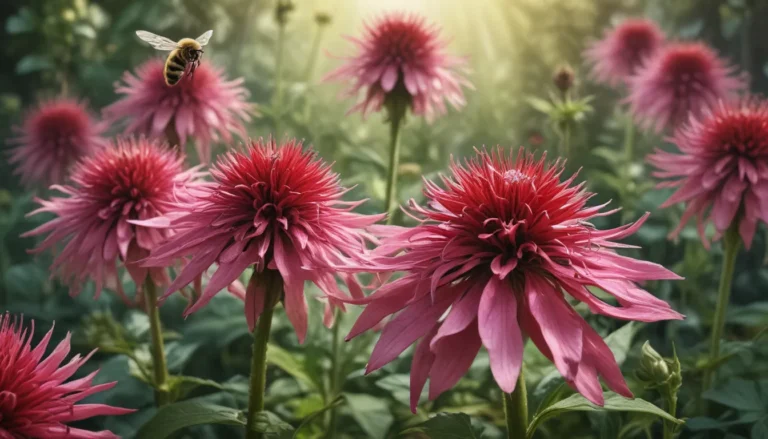The pictures we use in our articles might not show exactly what the words say. We choose these pictures to make you interested in reading more. The pictures work together with the words but don’t take their place. The words still tell you the important facts.
Flowering plants, also known as angiosperms, are a diverse and captivating group of organisms that play a vital role in the natural world. From their evolutionary origins over 140 million years ago to their essential contributions to ecosystems and human societies, these plants continue to inspire awe and appreciation. In this article, we will delve into 15 fascinating facts about flowering plants, shedding light on their unique adaptations, evolutionary history, and ecological significance. Whether you are a botany enthusiast, nature lover, or simply curious about the plant kingdom, join us on a journey through the enchanting realm of angiosperms and uncover the hidden wonders that make these plants so essential to our planet's ecosystems.
The World of Flowering Plants: A Closer Look
- Flowering plants, or angiosperms, are a diverse group of plants characterized by the presence of flowers, the reproductive structures responsible for producing seeds.
- With over 300,000 different species, flowering plants dominate the plant kingdom and play a crucial role in ecosystems worldwide.
Evolutionary Marvels: A Glimpse into the Past
- The first flowering plants appeared over 140 million years ago, transforming the landscape with vibrant colors and diverse forms.
- Their rapid evolution and adaptation contributed to the spread of flowering plants across the globe, shaping the environments we know today.
Flower Power: The Fascinating World of Flowers
- Flowers have evolved a stunning array of shapes, sizes, and colors to attract pollinators such as bees, butterflies, birds, and bats.
- The diversity in floral structure contributes to the complexity and adaptability of flowering plants.
Unveiling Nature’s Giants: The Rafflesia Arnoldii
- The Rafflesia arnoldii, also known as the "corpse flower," holds the title of the world's largest flower, reaching a diameter of up to three feet.
- Native to the rainforests of Southeast Asia, this remarkable plant emits a pungent odor to attract pollinators.
The Secret of Flowers: Unisexual vs. Bisexual
- Flowers can be categorized as unisexual, containing either male or female reproductive organs, or bisexual, containing both male stamens and female pistils.
- This diversity in floral structure showcases the complexity and adaptability of flowering plants.
Nature’s Reproductive Magic: The Angiosperm Life Cycle
- The unique reproductive process of flowering plants involves double fertilization, resulting in the formation of a zygote and endosperm.
- This mechanism provides essential nutrients for the developing embryo, ensuring successful reproduction.
Dance of Pollinators: Coevolution and Relationships
- Certain flowering plants have coevolved with specific pollinators, showcasing intricate relationships and adaptations.
- Examples include orchids with long nectar tubes adapted to the proboscis length of moth pollinators.
Sustaining Life: The Agricultural Significance of Flowering Plants
- Many staple crops, including rice, wheat, and fruits, are derived from flowering plants, highlighting their vital role in food production.
- The agricultural significance of angiosperms underscores their importance in sustaining human populations and global food security.
The Lush Amazon: A Haven for Flowering Plants
- The Amazon rainforest is home to an astonishing diversity of flowering plant species, contributing to its status as a global treasure trove of plant life.
- The rich botanical tapestry of the Amazon underscores the importance of conserving these vital ecosystems.
Cultural Icons: The Enduring Appeal of Flowers
- Flowers have been revered in various cultures and traditions, inspiring art, literature, and traditions across diverse societies.
- Their beauty and ephemeral nature continue to captivate human imagination and emotions.
Mastering Adaptation: Flourishing in Diverse Environments
- Flowering plants showcase their adaptability by thriving in a wide range of environments, from arid deserts to icy tundras.
- This resilience reflects the evolutionary success of angiosperms in colonizing diverse ecological niches.
Delving into the World of Angiospermology
- The scientific discipline dedicated to the study of flowering plants, their classification, and evolutionary history is known as angiospermology.
- This field encompasses a wide range of research, shedding light on the intricate world of angiosperms.
Healing Touch: Medicinal Properties of Flowering Plants
- Numerous flowering plants have been utilized in traditional medicine for their therapeutic properties.
- From chamomile's calming effects to the potent compounds of the Madagascar periwinkle, these plants have contributed to essential medications.
Climate Concerns: Navigating Challenges in a Changing World
- The impact of climate change on flowering plant populations poses challenges, affecting their distribution and reproductive cycles.
- Conservation efforts and research are crucial in mitigating the threats posed to these vital components of terrestrial ecosystems.
Garden Gems: The Beauty of Cultivated Flowering Plants
- Flowering plants adorn gardens and landscapes with a kaleidoscope of colors and fragrances, inspiring horticulture and gardening enthusiasts.
- Horticultural practices and breeding programs enhance the diversity and resilience of cultivated flowering plants, enriching human surroundings with natural splendor.
Flowering plants, or angiosperms, continue to amaze and inspire with their incredible adaptations and vital roles in ecosystems worldwide. From the stunning beauty of flowers to the intricate mechanisms of pollination and reproduction, the world of flowering plants is a testament to nature's creativity and resilience. As we explore these fascinating organisms, we gain a deeper appreciation for the wonders of the natural world and the essential contributions of angiosperms to our planet.
Unveiling the Wonders of Flowering Plants
Our commitment to delivering trustworthy and engaging content is at the heart of what we do. Each fact on our site is contributed by real users like you, bringing a wealth of diverse insights and information. To ensure the highest standards of accuracy and reliability, our dedicated editors meticulously review each submission. Trust in our commitment to quality and authenticity as you explore and learn with us.
